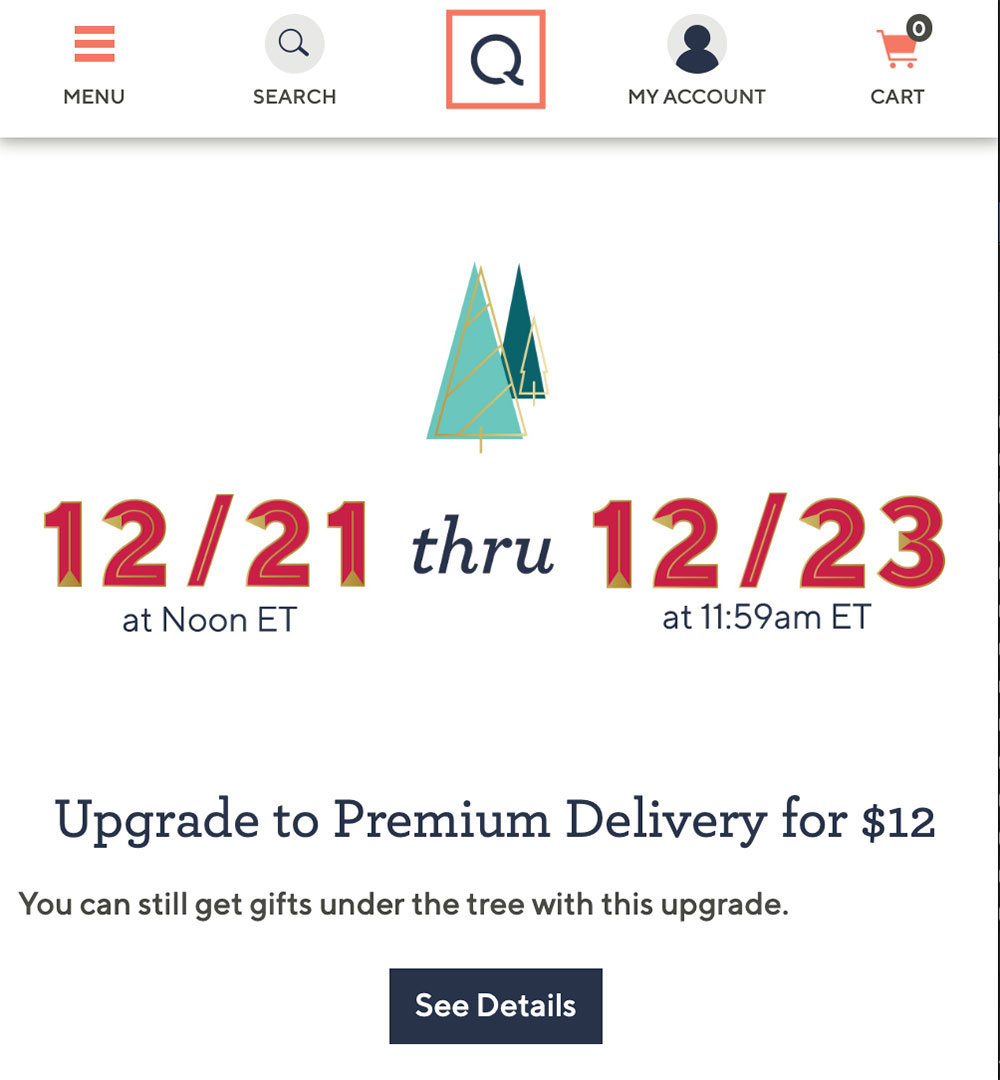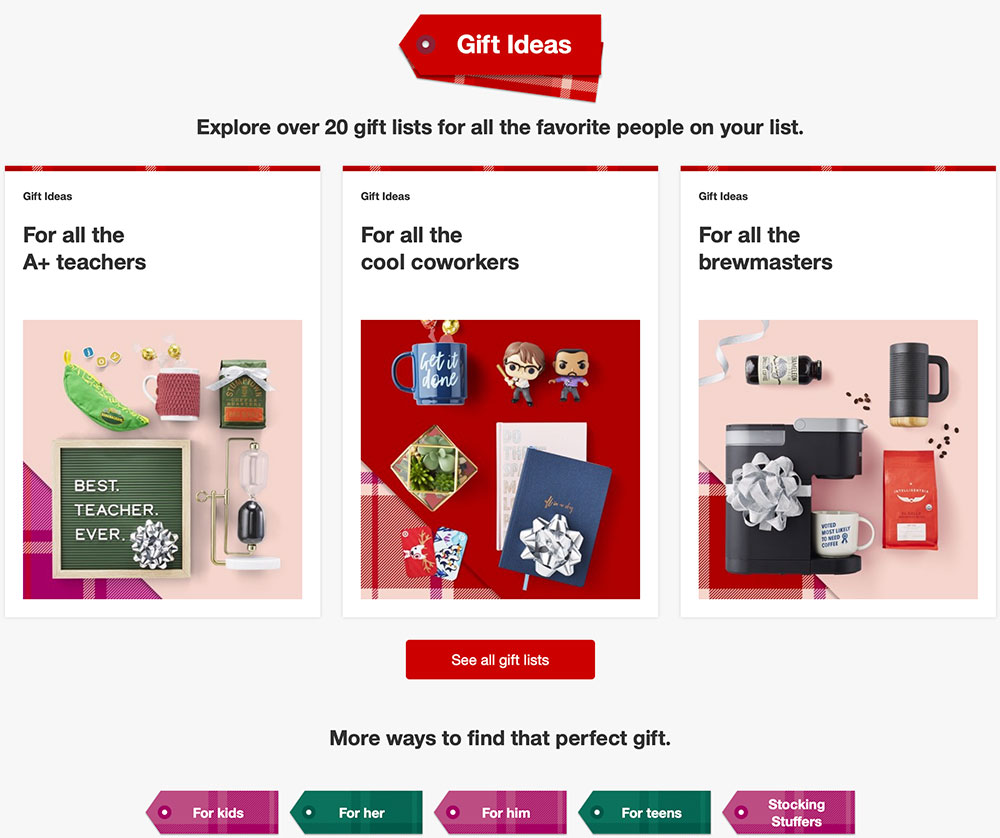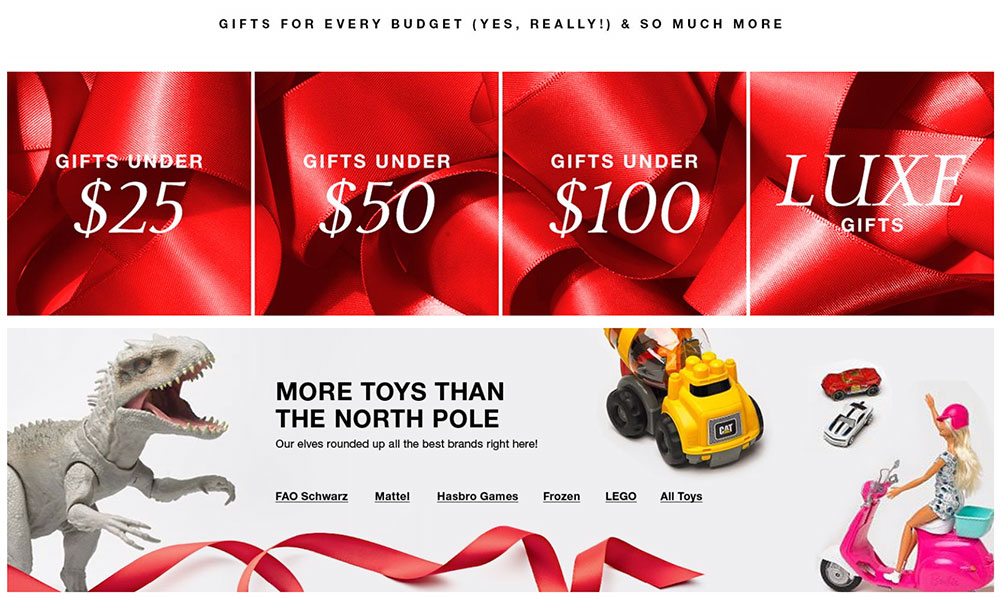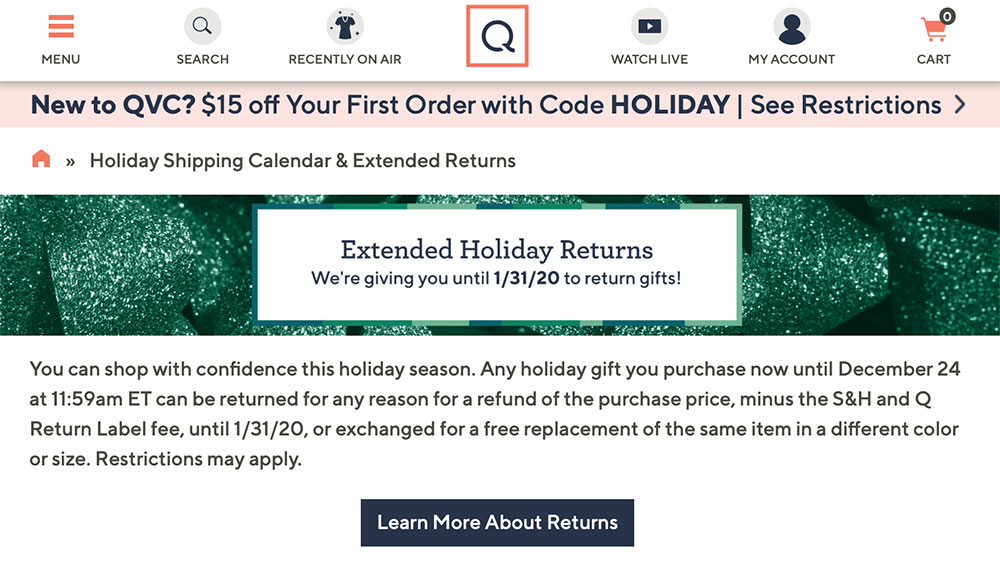Last year more than 130 million consumers planned to shop on the Saturday before Christmas. Dubbed “Super Saturday” or “Panic Saturday,” it falls on December 21 this year, and data trends tell us that more than 15 percent of shoppers will still be hunting for gifts. Only 34 percent reported they’d be done by December 18.
While last-minute shoppers account for more than half of all gift-buying consumers, they typically don’t follow unique shopping patterns. Reasons for waiting vary, but the need is consistent: find the right gifts in time to wrap and place them beneath the tree.
Procrastinators prefer to buy several gifts in one shopping session. Sites that sell a variety of items will fare better, though stores that cater to a niche market may also realize great success.
Follow these tips to ensure your business appeals to those late holiday shoppers.
Appealing to Procrastinators
Expedited shipping is a must. During the last few days, it’s more about speed and reliability. While some shoppers will take time to compare prices with other stores, a good number will accept increased shipping costs so long as they aren’t too inflated.

QVC’s expedited shipping dates are clearly defined.
Free post-Christmas shipping can make you a hero. Why miss a sale because of overnight ship costs? Promising prompt order processing so items will arrive within a few days of Christmas can soften the blow.
Simple, printable product pages mean you have their back. Sometimes shoppers have to accept the fact their gifts will not arrive in time. Helping them include a nice printout of the item in a card is much better than having nothing at all for the gift recipient.
Draw attention to gift guides and popular items. This not only gives shoppers gift ideas, but it can also assist them in checking more presents off their lists. Include links to stocking stuffers (small, lightweight items that ship cheaply and quickly) and gifts by price range.

Target features more than 20 themed gift guides.
—

Categorizing gifts by price range is critical for shoppers on a budget. Source: Macy’s.
Be active on chat. Shoppers in panic mode often require guidance. While live site chat is best, Facebook Messenger and other social apps can also help close sales.
Hype last-minute deals. While procrastinators may be willing to pay more, everyone loves a bargain. The final week is a good time to showcase overstocks and inventory that will lose traction after the new year.
Display a “Get it by Christmas” badge on qualifying products. This eliminates shoppers’ research and guesswork. Be sure to include notations about required shipping methods for on-time delivery.
Offer discounts on items that cannot ship in time, no matter the carrier. Be clear about products that will not arrive by December 24. A short message, such as “Sorry, this item will not ship until December 27. Order today and get free standard shipping,” can inspire instant purchase for post-holiday giving.
Set return and exchange deadlines to January 31 or later. Knowing the recipient will have a full month to exchange the gift will motivate a reluctant shopper to click the buy button.

Extended returns is a key selling point during the final days. Source: QVC.
Spotlight e-gift cards and certificates. Digital gift cards are the go-to item when one is pressured to find the right gift. Plus, nearly 60 percent of shoppers, including procrastinators, prefer receiving gift cards and certificates so they can choose what they want.
Streamline the checkout process. Take a few moments and turn off every unnecessary element on the checkout pages. Last-minute shoppers already feel the pressure of being rushed, so don’t add to the stress by asking for any more information than what is essential to process the order.
Answer inquiries promptly. Have a plan to answer email, social mentions, comments, and messages as fast as possible. Try to reply within 20 minutes.
Late Celebrations
Dealing with procrastinators can be frustrating. Their goal, though, is simpler than most. Embrace their situation and you’re sure to attract some to return after the holiday season.
By the way, there is one other group of last-minute shoppers. Some people — out of necessity or choice — celebrate after December 25. It’s a good reason to have specific landing pages and content for Christmas Day on standby.







